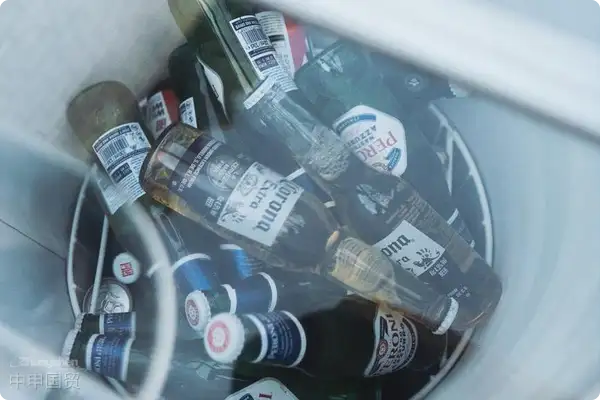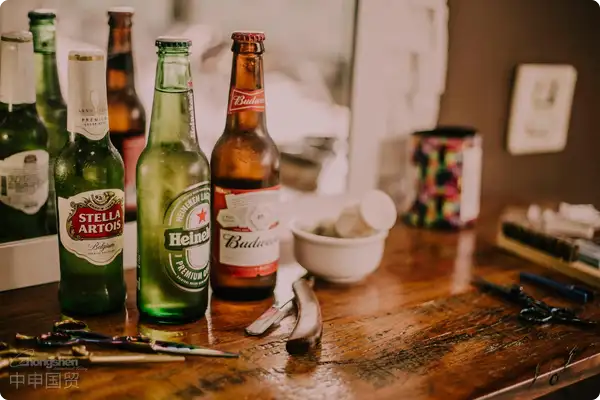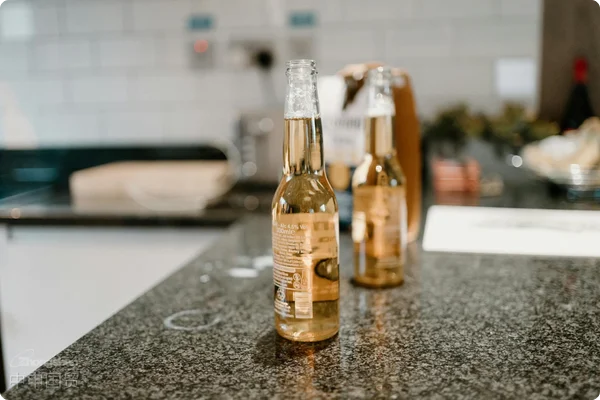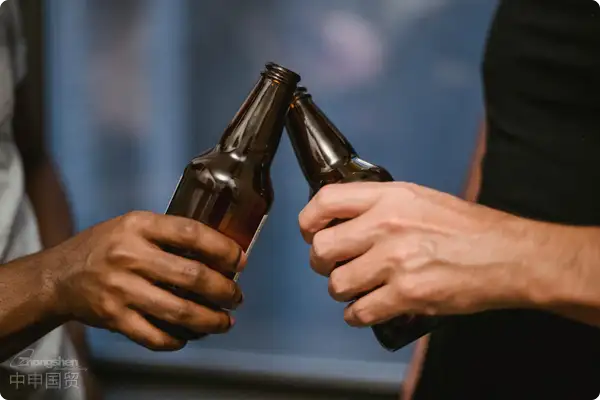- Shanghai Zhongshen International Trade Co., Ltd. - Two decades of trade agency expertise.
- Service Hotline: 139 1787 2118

When craft beer meets HS codes
Last year we handled the first China entry case for a German beer brand. The client excitedly signed the agency agreement at the Munich exhibition, but overlookedCustoms classification differences: 330ml bottled beer (HS 22030000) and 5L draft beer kegs (HS 22060090) have completely different regulatory requirements. This product form difference directly resulted in a 12-working-day gap in customs clearance time.
Three hidden pitfalls in product selection stage
- Original factory qualification blind spots: EU breweries must have BRC certification, while Japanese sake factories require JAS certification
- Ingredient compliance risks: German wheat beer often uses coriander seeds, which must comply with GB 2763 food additive standards
- Packaging material restrictionsQuality disputes may arise during summer transportation due to wax-sealed bottle caps on certain Belgian Trappist beers
Key control points for customs clearance efficiency
| Link | Standard processing time | Risk factors |
|---|---|---|
| Filing of Chinese back labels | 25 working days | Incorrect nutrition facts table format |
| Alcohol hygiene certificate | 7 Working Days | Non-compliant testing agency qualifications |
| Excise tax declaration | 3 Working Days | Alcohol content measurement deviation |
Special warehousing and logistics requirements
We previously designed for a Belgian craft beer brandAn end-to-end cold chain solution, implemented at Qingdao Port with:
- Temperature-controlled containers (10-15°C) for port temporary storage
- Returnable packaging with temperature sensors
- Multi-warehouse stocking strategy: North China (Tianjin), East China (Ningbo), South China (Nansha)
This configuration reduced product damage rate from industry average 3.7% to 0.8%.
Addressing sudden policy changes
The newly implemented 2025 Registration Regulations for Overseas Manufacturers of Imported Food requires:
- Brewery registration numbers must be marked on the smallest sales unit
- The production date must use the Chinese year-month-day format
- The alcohol content must be precise to one decimal place
We recommend that agents must specify in the contractCompliance cost sharing clausesto avoid additional expenses caused by policy changes
The key to sustainable agency
A certain American craft brand through ourmarket access pre-review serviceadjusted its formula during the product development stage and successfully avoided 3 potential food safety risks. This early intervention model saves approximately 40% in comprehensive costs compared to traditional post-event remedies.
Importing beer as an agent is both an art and a science, with each SKU involving 23 standard procedures. Choosing professionalforeign tradeService providers are essentially purchasing a risk control system - this may represent business wisdom more worthy of appreciation than the liquor itself.
Related Recommendations
Category case
Contact Us
Email: service@sh-zhongshen.com
Related Recommendations
Contact via WeChat

? 2025. All Rights Reserved. Shanghai ICP No. 2023007705-2  PSB Record: Shanghai No.31011502009912
PSB Record: Shanghai No.31011502009912








